What’s the recommended tire pressure psi for your trailer? Where can you find the maximum recommended towing weight?
The answers to these and other essential questions can be found on your Airstream’s federal certification label. This label has been mandated for RVs and trailers since the early 2000s and it contains some pretty useful information about your trailer.
Where to find the federal certification label
In modern Airstream trailers, the federal certification label is found on the forward left-hand external section of the trailer. Take a look and you’ll see that there are actually two labels in that spot.
Here’s an overview of the two labels’ most commonly needed pieces of information.
1. Model, year, and floorplan
Starting at the bottom of the lower label, you’ll find the model, year, and floorplan of your Airstream. Model changes, floorplan variances, and trailer lengths within a model can vary from year to year. Sometimes they can even vary within the same calendar year. So, knowing the model, year, and floorplan of your Airstream is important when purchasing replacement parts or products such as teak shower and floor mats or spare keys. Knowing the exact length of your Airstream is also useful when there are length limitations in a national park or campground.
Our trailer’s label shows 23FB Globetrotter 2020, which means:
- 23FB is the floorplan
- The trailer is 23 feet long, from the tip of the A-frame to the back bumper
- It has a Front Bedroom
- The model name is Globetrotter (keep in mind there are multiple models available for each floorplan)
- The model year is 2020 – although it may not have been made in that same calendar year; we’ll get to that
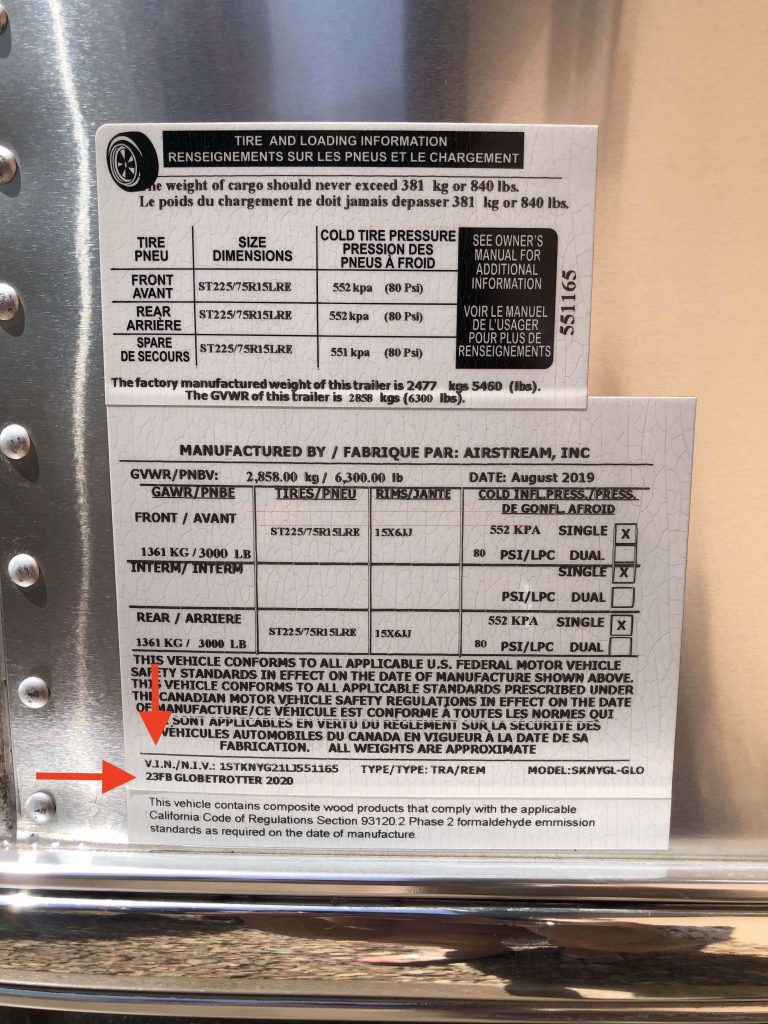
2. VIN
Just above the model and year is the vehicle information number (VIN), which all vehicle types are required to display. Like your car’s VIN, this number is unique to your Airstream and includes information about its features, specifications, and manufacturer. The VIN is needed for registration and an insurance policy and is used to track recalls, warranty claims, and theft.
3. Factory manufactured weight
This value indicates the empty weight of your trailer when it left the Airstream factory in Jackson Center. Ours, for example, weighs 5,460 lbs. This number is important for calculating the amount of stuff you can safely load into your Airstream and tow.
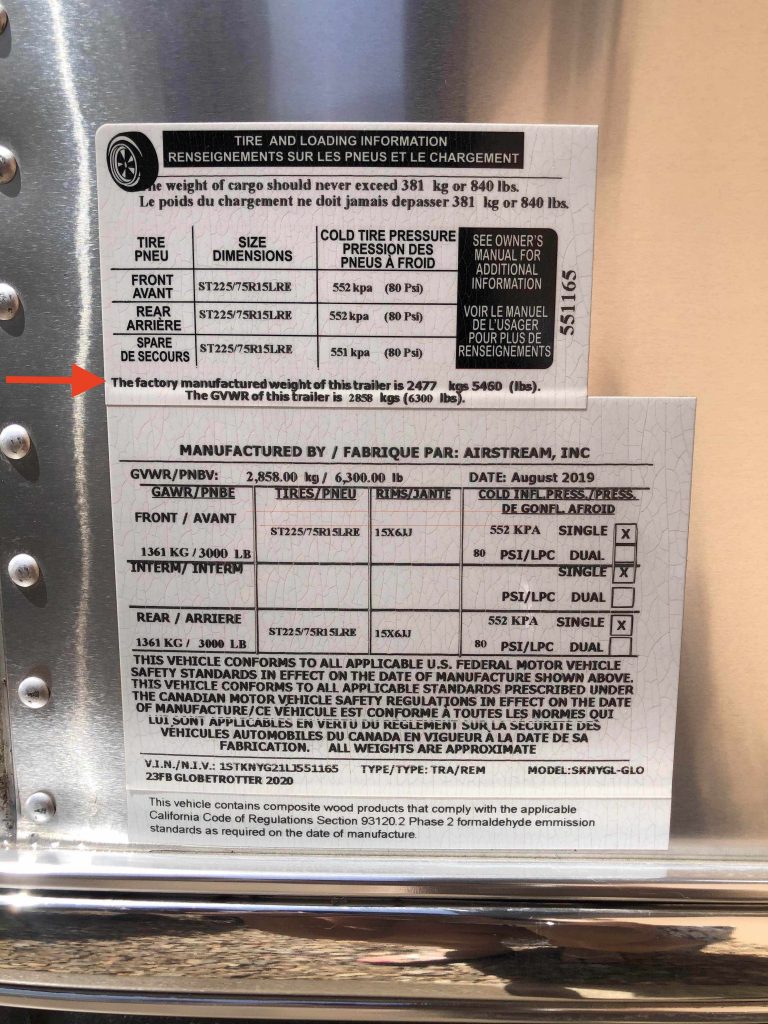
4. Gross Vehicle Weight Rating (GVWR)
The GVWR is the maximum amount the trailer can safely weigh when fully loaded with cargo. In our case, that’s 6,300 lbs. Subtract the factory manufactured weight of 5,460 and you’ve got the amount of weight we can load our trailer with: 840 lbs. (Which is also shown on the upper label, as a “not to exceed” weight amount.)
As you determine the amount of gear and goods to stock for a trip, remember to figure in more than just food, clothing, and kitchenware. You’ve also got to consider the weight of water and propane. The only way to know the weight of your Airstream with certainty is to weigh it, which you can do at most truck stops on their CAT scale. It’s easy and usually costs less than $15.
If you’re interested in complete details about this, Rich explains how to weigh your Airstream in the Newbie’s Guide and The (Nearly) Complete Guide to Airstream Maintenance.
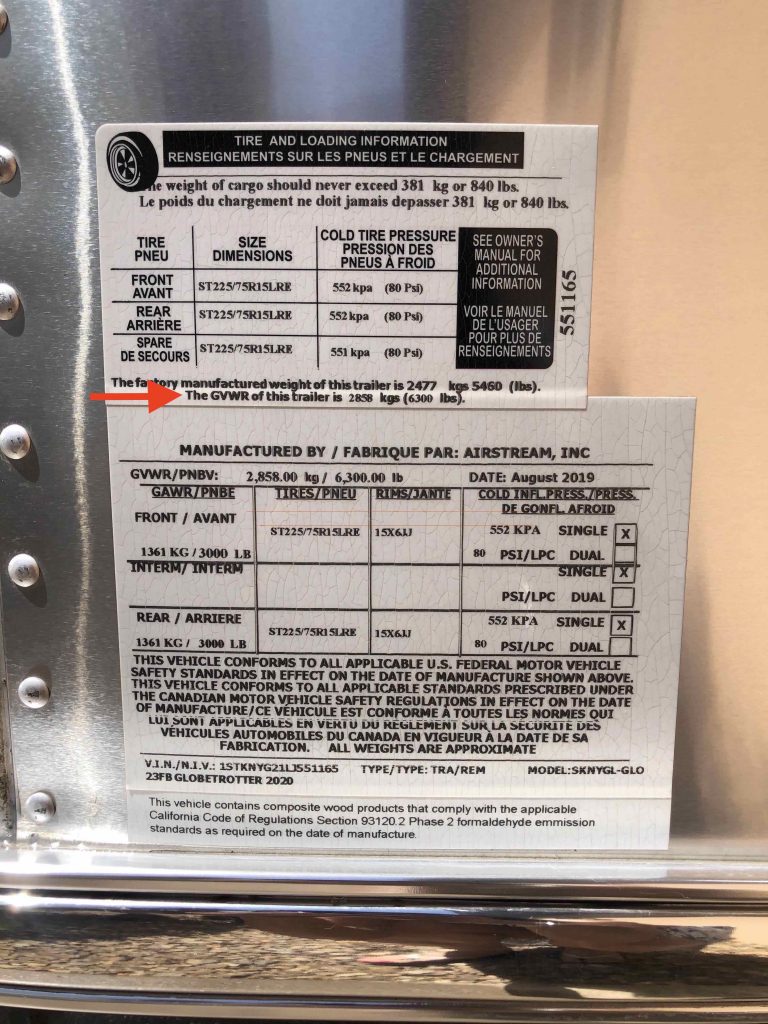
5. Gross Axle Weight Rating (GAWR)
The GAWR is the maximum weight each axle is allowed to carry. Notice that our label indicates a maximum of 3,000 per axle, yet 3,000 + 3,000 = 6,000 and our GVWR is 6,300. So what gives? They’re also allowing 300 pounds of tongue weight (weight on the hitch) that is carried by the tow vehicle, and thus isn’t being carried by the axles. Our trailer’s actual tongue weight can be higher than 300 pounds as long as the total weight of the trailer doesn’t exceed the 6,300 pound GVWR.
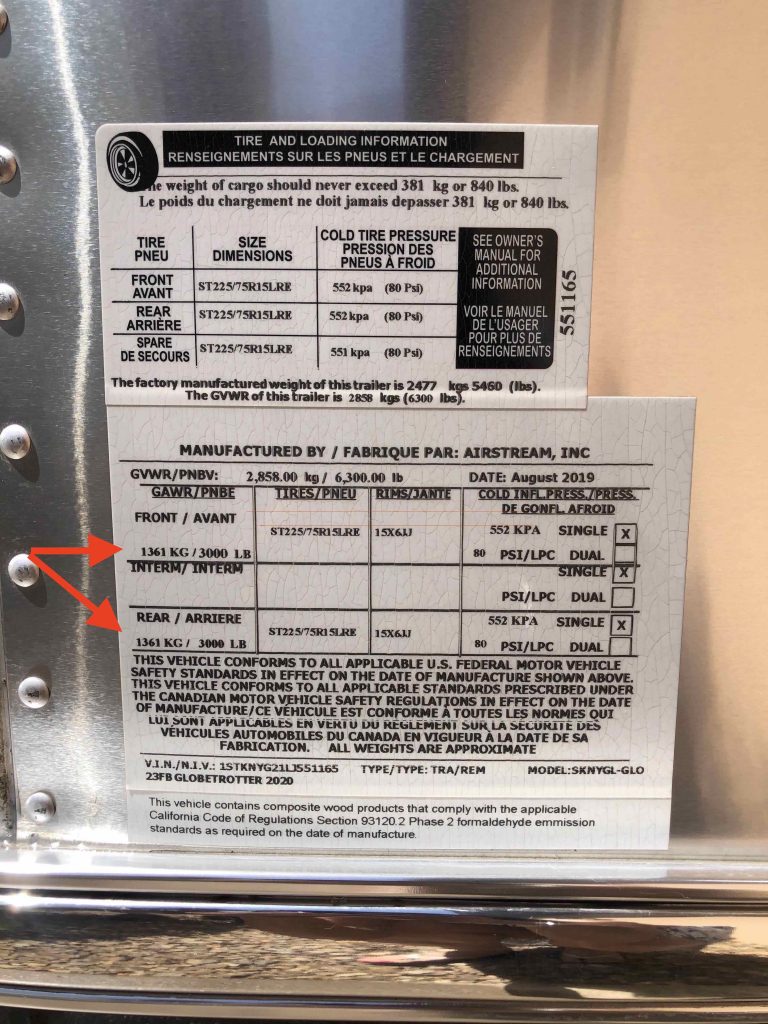
6. Recommended tire pressure
The tire pressure rating (in psi, or pounds per square inch) indicates the maximum recommended cold tire inflation pressures for the tires that originally came with your Airstream. Cold refers to the fact that the psi is measured prior to getting on the road, and while the tires are not facing into direct hot sunlight. In addition to being aware of your Airstream’s tire pressure requirement, you should always monitor tire pressure as you travel using a tire pressure monitoring system. Because you can’t feel a slow leak from the driver’s seat, a monitoring system is an essential piece of safety equipment when traveling.
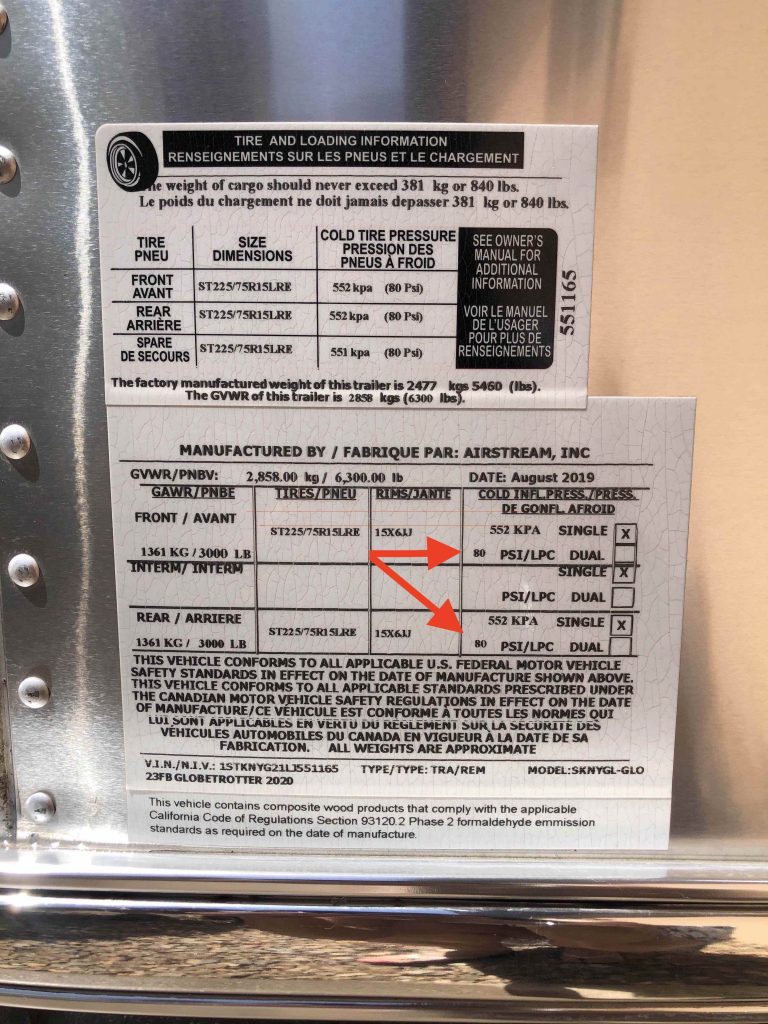
7. Date manufactured
I mentioned earlier that the year shown in your model/year/date may not actually be the calendar year in which your Airstream was made. That’s because Airstream’s model year spans June through June. Case in point, our 23FB Globetrotter 2020 was manufactured in October 2019. In addition to this date being an interesting factoid about your trailer, it’s an important piece of information when it comes to factory recalls.
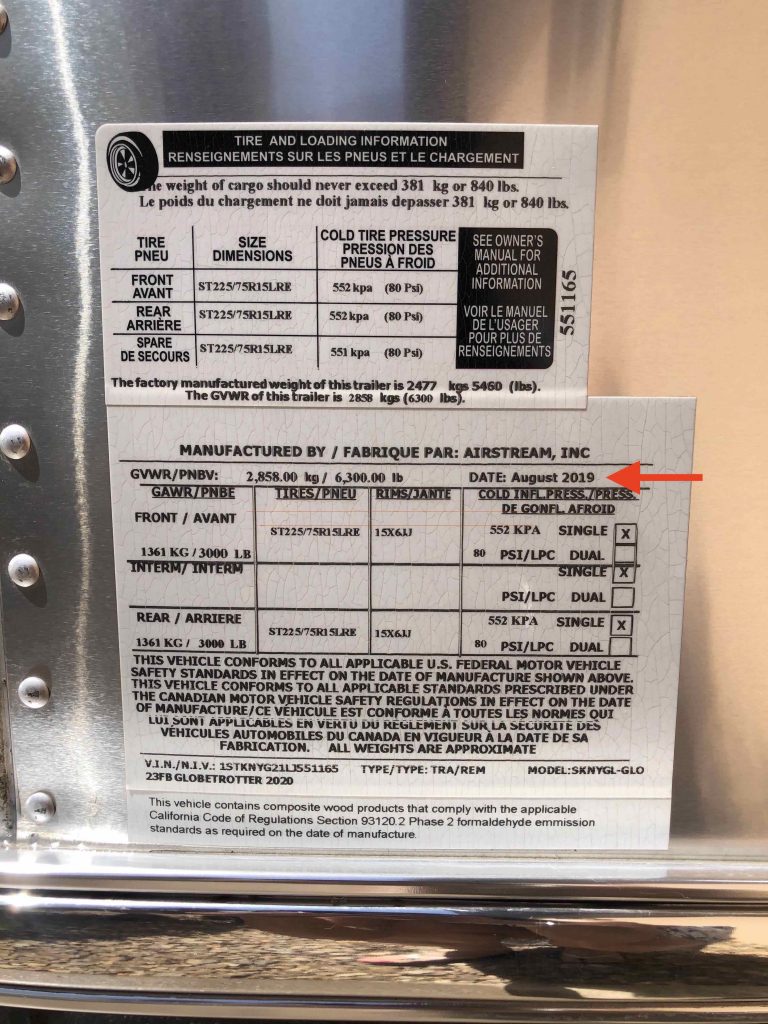
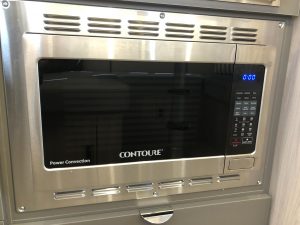
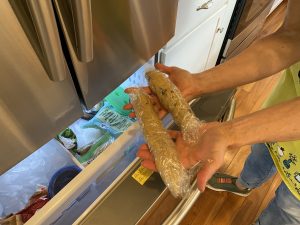
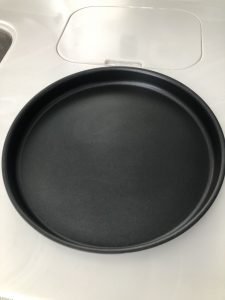

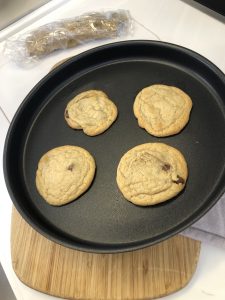
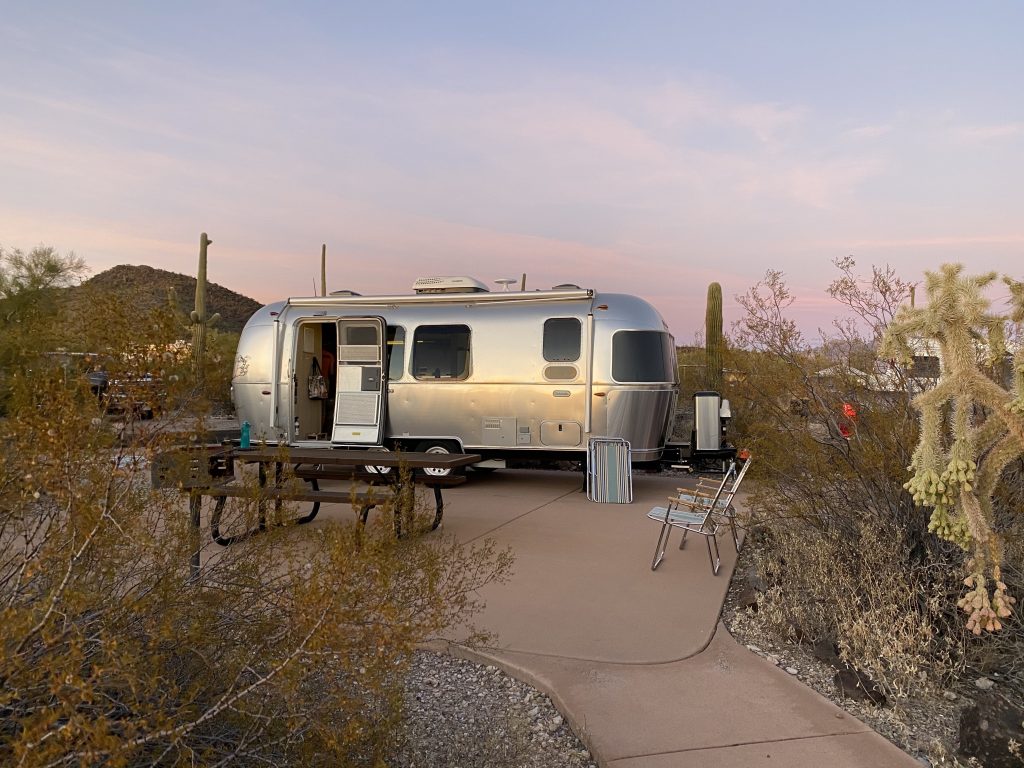 Our unhooked campsite at
Our unhooked campsite at  Mickey loved the Airstream bedroom sunrises.
Mickey loved the Airstream bedroom sunrises.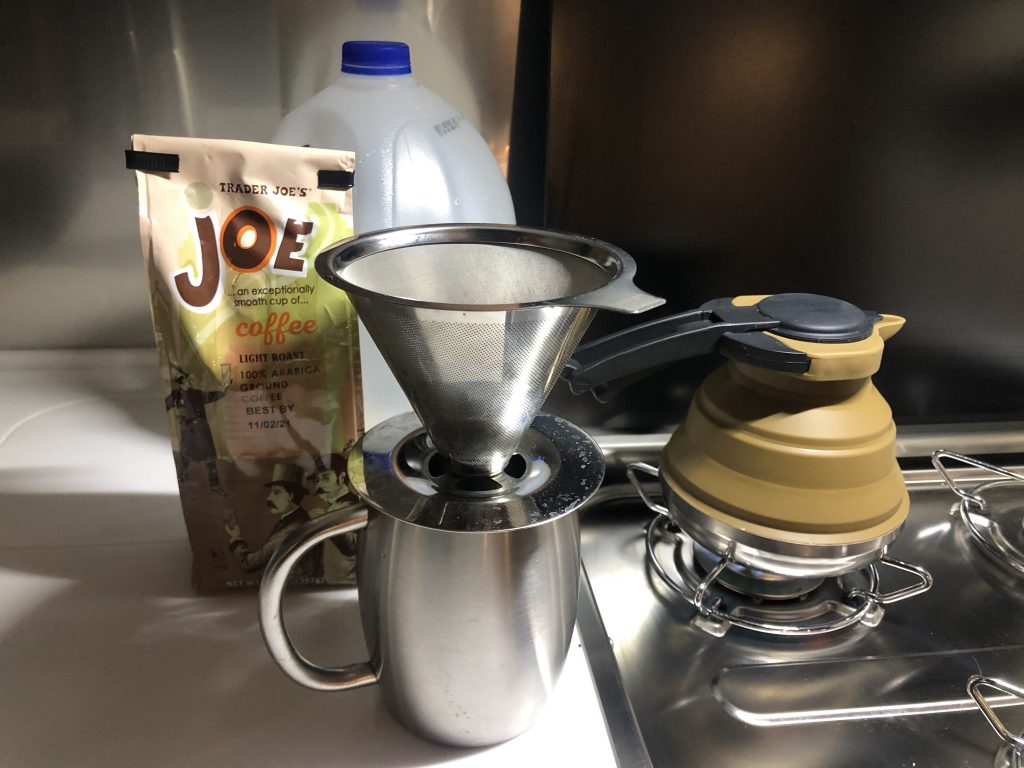 The aroma is amazing when you use a pour-over funnel to make your morning coffee.
The aroma is amazing when you use a pour-over funnel to make your morning coffee. 

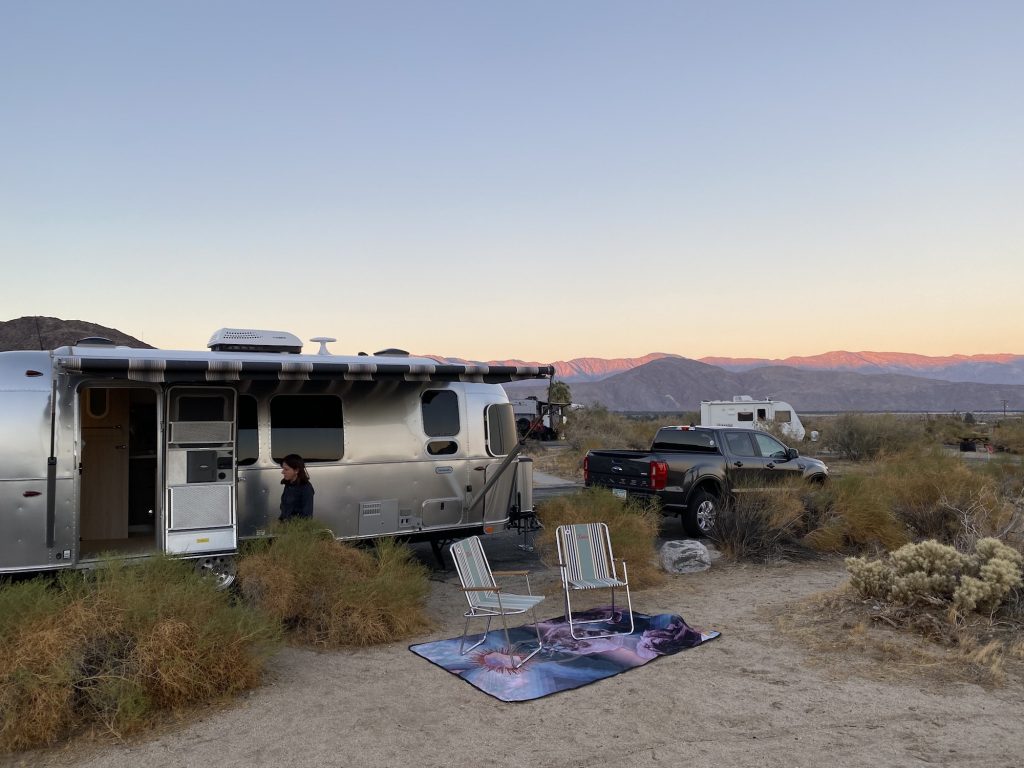 During our trip to Borrego Springs, CA last week, Rich and I talked about the many things we are thankful for. Big things—like how much we love our new 2020 Globetrotter and how excited we are to be creating a five year ‘life plan’ together.
During our trip to Borrego Springs, CA last week, Rich and I talked about the many things we are thankful for. Big things—like how much we love our new 2020 Globetrotter and how excited we are to be creating a five year ‘life plan’ together. It doesn’t matter what it is, as long as you feel grateful for it. It could be something big, like an easy sale of an elderly parent’s home, or a final chemo treatment. Or small, like discovering the best apple pie you’ve ever tasted, or playing a game of catch with your grandson.
It doesn’t matter what it is, as long as you feel grateful for it. It could be something big, like an easy sale of an elderly parent’s home, or a final chemo treatment. Or small, like discovering the best apple pie you’ve ever tasted, or playing a game of catch with your grandson.